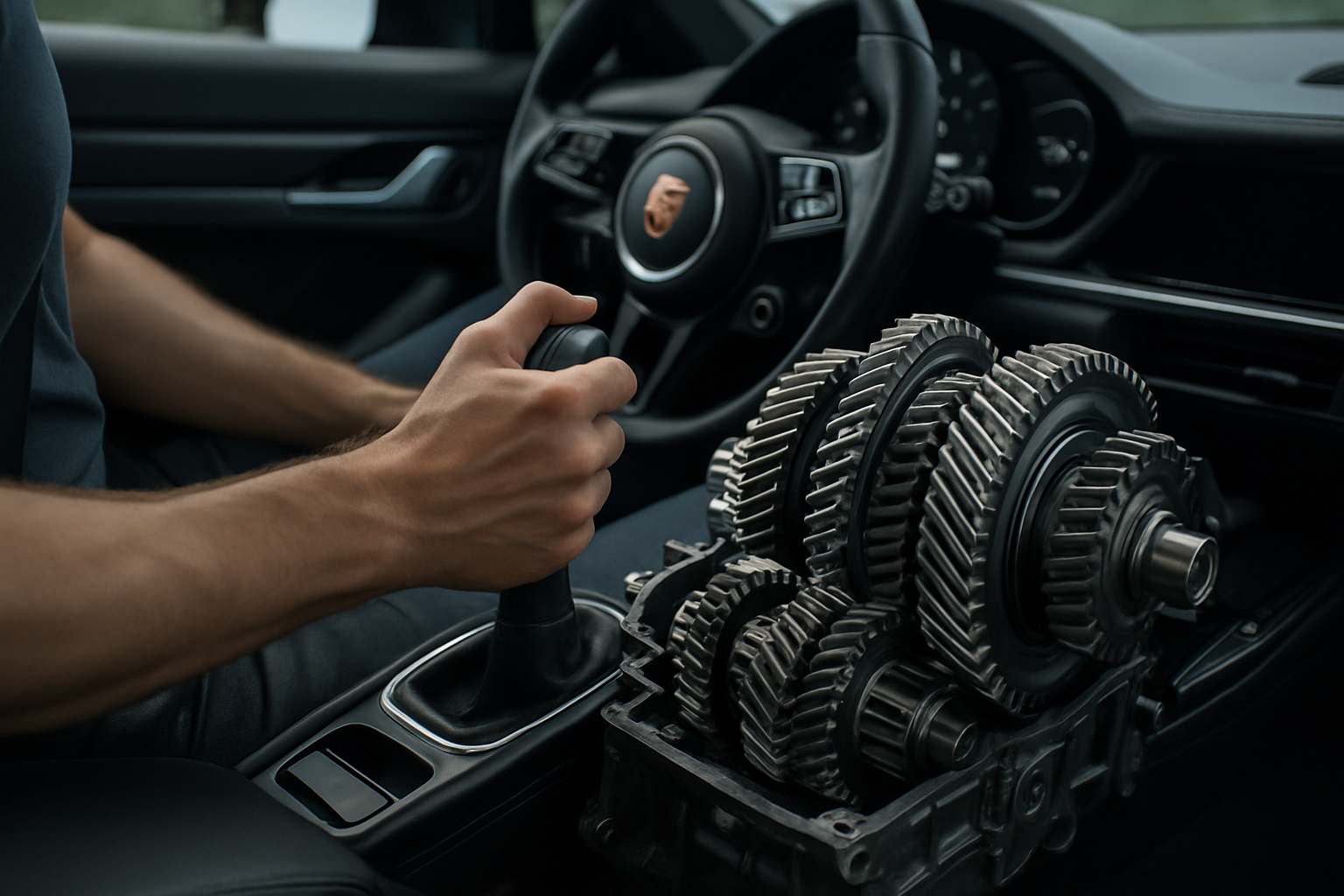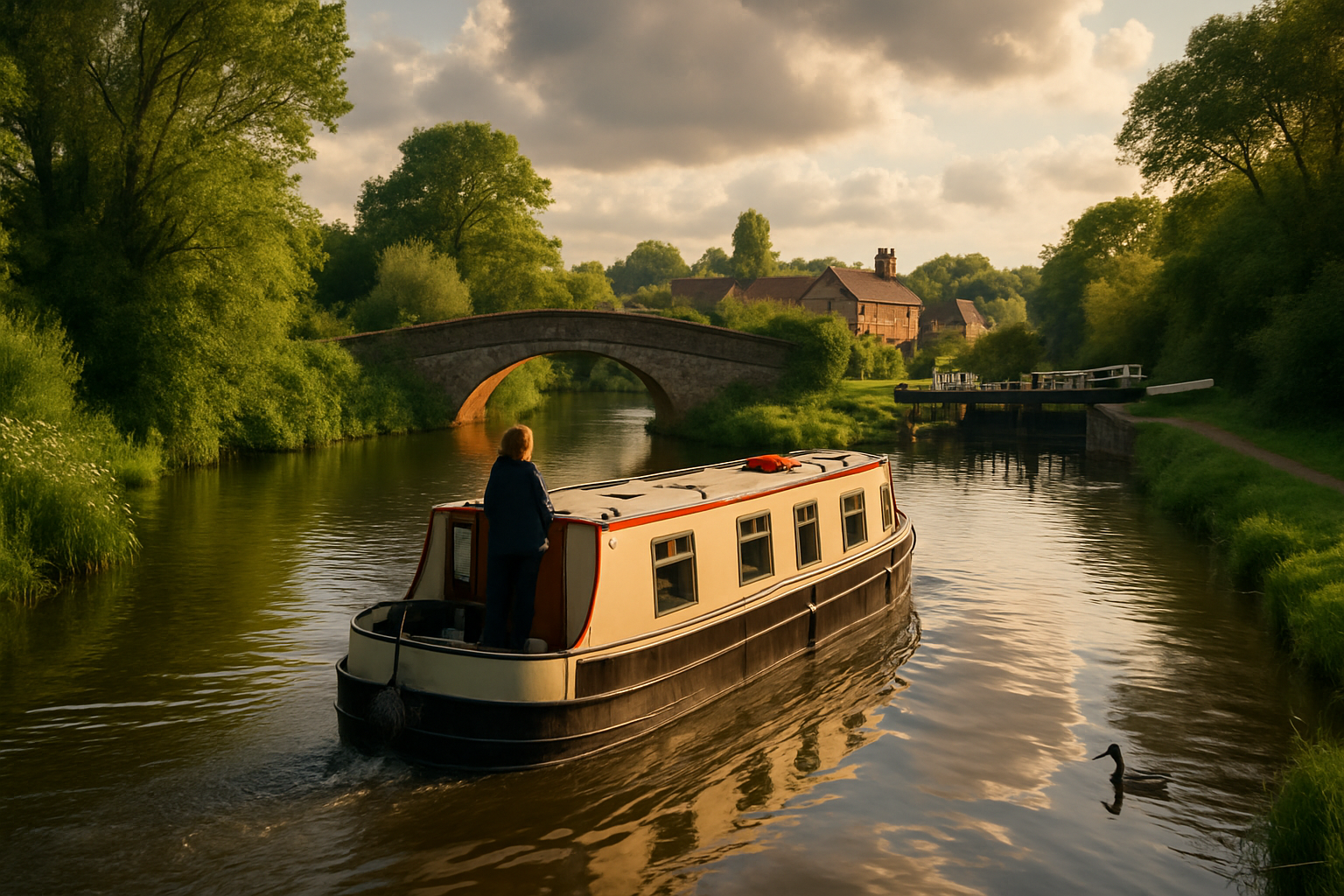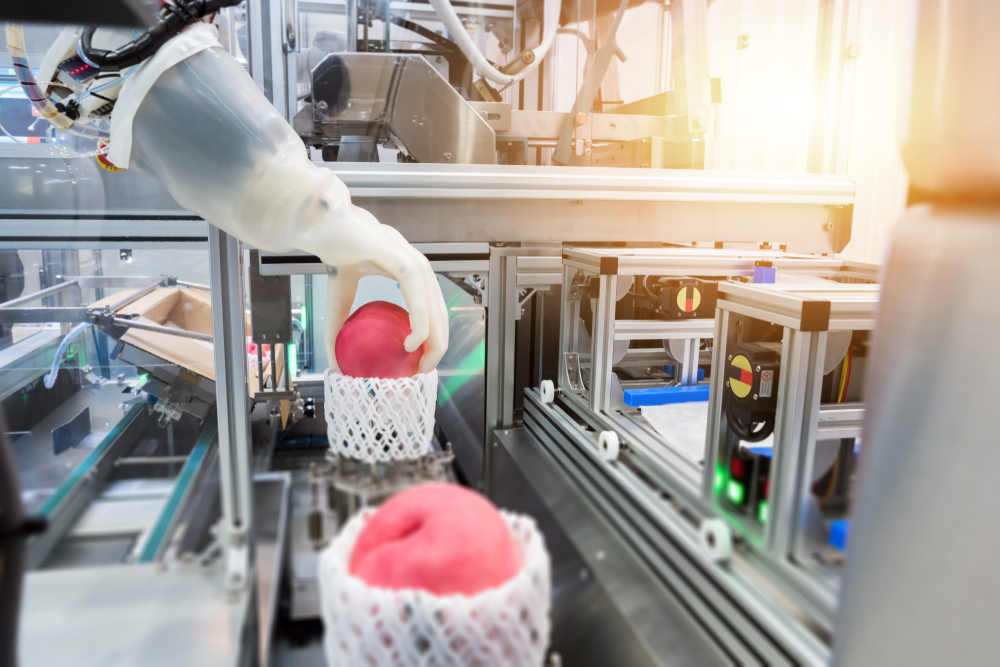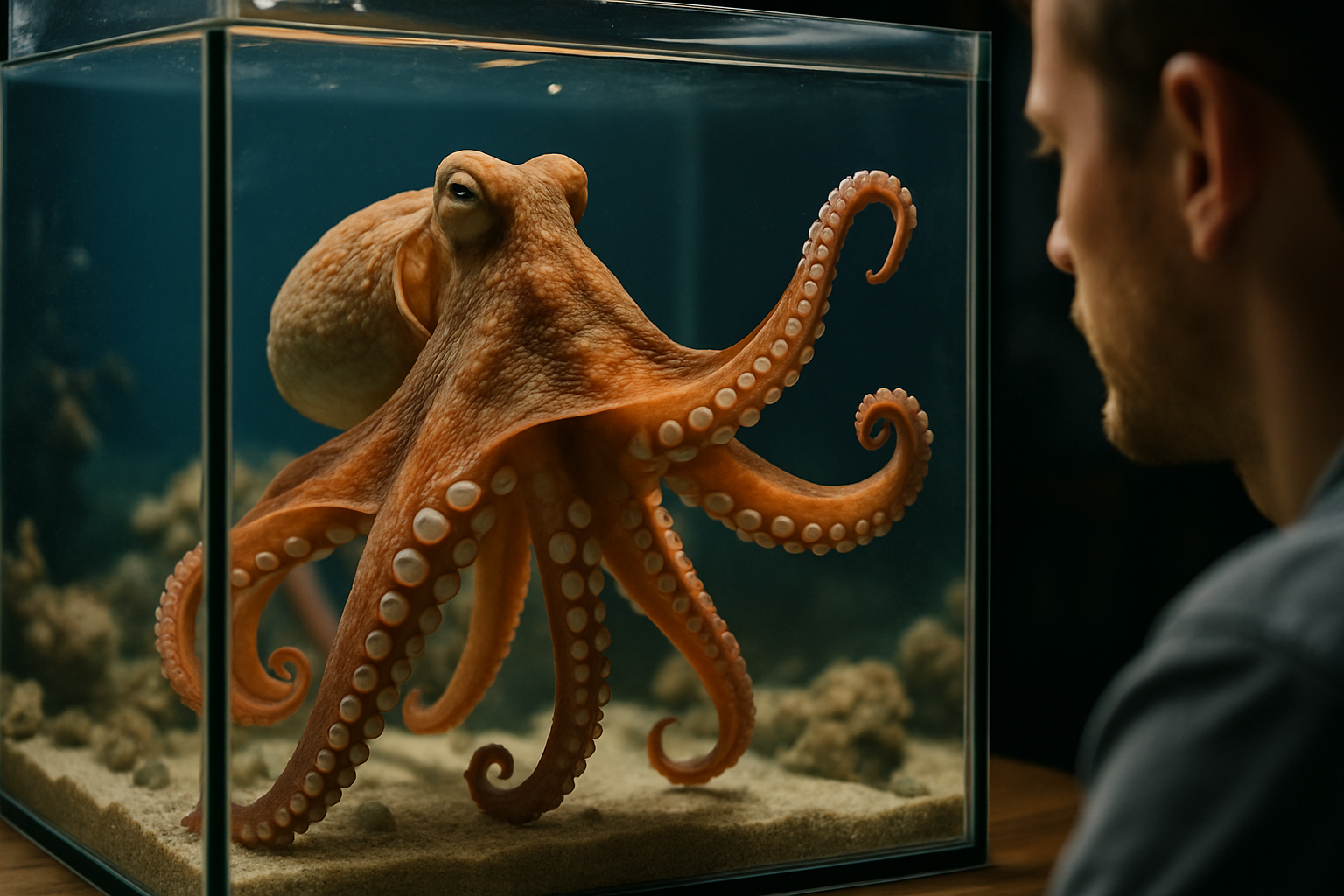Shifting Gears: The Intricate Dance of Dual-Clutch Transmissions
Introduction: Imagine a world where your car shifts gears with the precision of a professional race car driver, seamlessly and without any noticeable lag. Welcome to the realm of dual-clutch transmissions, a technology that is redefining the driving experience.

A Journey Through Time: The Genesis of Dual-Clutch Transmissions
The dual-clutch transmission (DCT) is not a recent invention. Its roots trace back to the early 20th century, when French engineer Adolphe Kégresse designed a similar system for military vehicles. However, it was not until the 1980s that Porsche, a German automaker, introduced the first DCT in a production car, the 956 race car. The technology was later adopted in their road cars, starting with the 911 Turbo.
The Heart of the Matter: How Dual-Clutch Transmissions Work
The DCT is essentially two separate manual gearboxes (and clutches) contained within one housing. One clutch controls the odd gears (first, third, fifth, and so on), while the other controls the even gears. This setup allows the next gear to be pre-selected while the current gear is still engaged. As a result, gear changes are incredibly quick, with virtually no interruption in power delivery.
Riding the Wave: Current Trends in Dual-Clutch Transmissions
While initially reserved for high-performance vehicles, DCTs are now finding their way into more mainstream models. This is largely due to their efficiency and performance benefits. However, they are not without their challenges. For instance, DCTs can be jerky at low speeds and are generally more expensive to produce and maintain than traditional automatic transmissions.
The Road Ahead: The Future of Dual-Clutch Transmissions
As the automotive industry continues to evolve, so too does the technology that drives it. The future of DCTs is likely to be shaped by advancements in materials science and control systems, which could lead to lighter, more efficient, and more reliable transmissions. However, the rise of electric vehicles, which do not require multi-speed transmissions, could also impact their prevalence.
The Bottom Line: Dual-Clutch Transmissions in Perspective
The DCT represents a significant leap forward in automotive technology, offering a blend of performance and efficiency that is hard to match. However, like any technology, it has its pros and cons. As the automotive landscape continues to evolve, it will be interesting to see where this technology goes next.
In conclusion, the dual-clutch transmission is a fascinating piece of automotive technology that has significantly impacted the driving experience. Its blend of performance, efficiency, and smoothness has made it a popular choice among car manufacturers and drivers alike. However, as the industry continues to evolve, the future of this technology remains to be seen.





